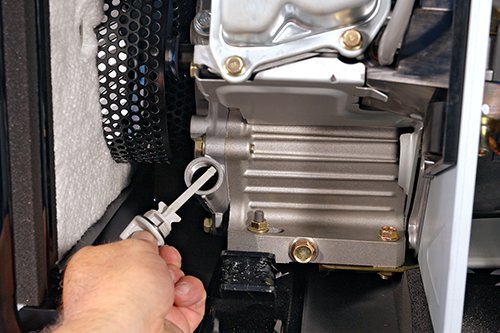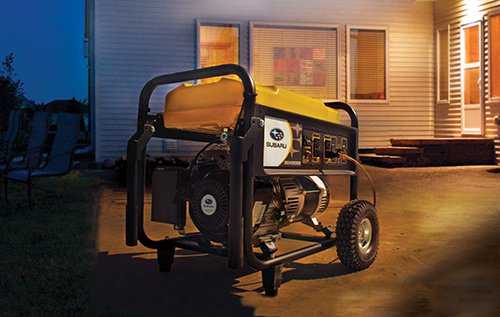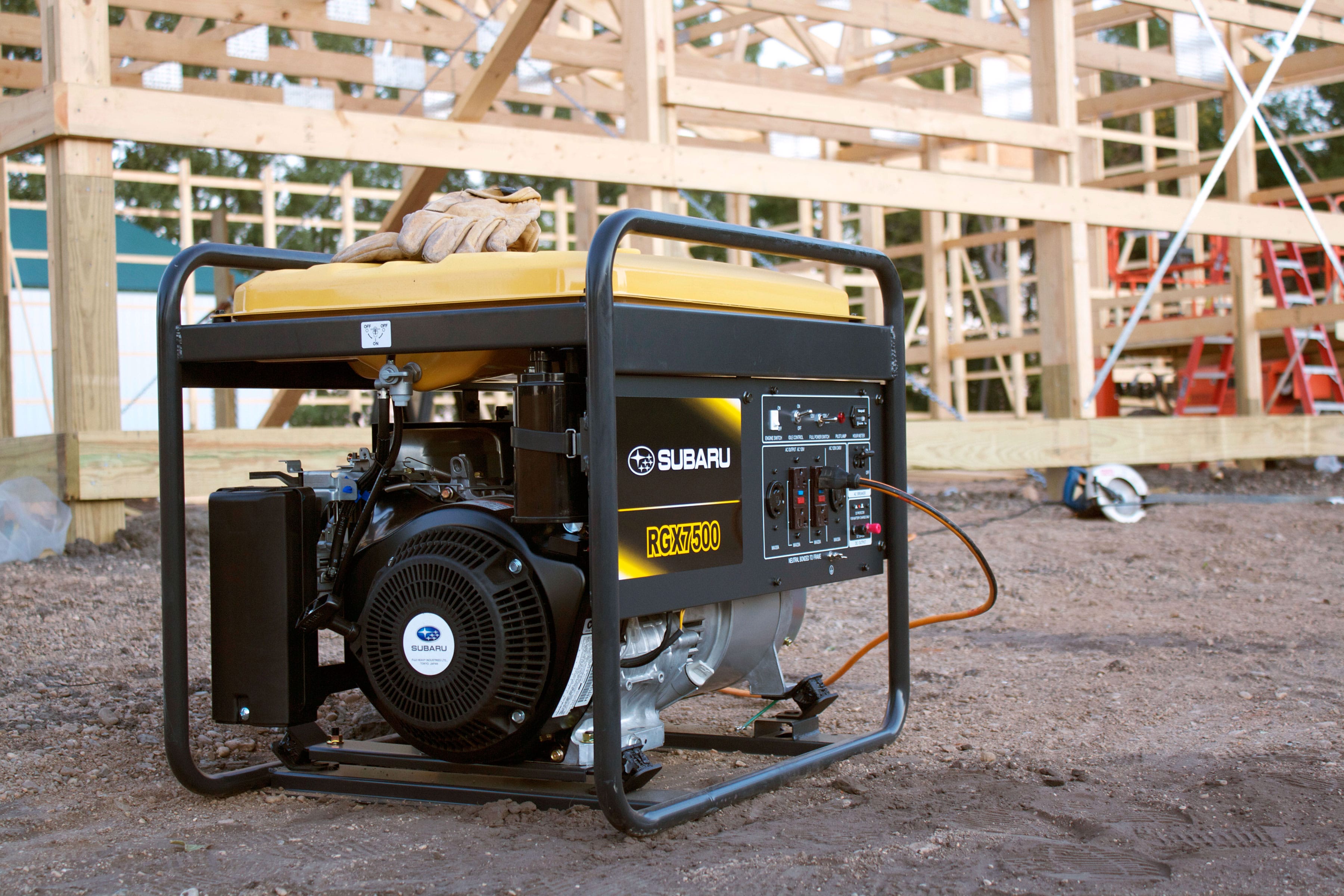Small engines aren’t what they used to be. Since the development of the first internal combustion engine in the 1800s, engineers have been working toward new developments in engine technology, striving to ignite the next revolution.
And over time, they succeeded and surpassed their goals of advancing small engines, or nonroad engines, making them more efficient, compact and eco-friendly.
Tougher Build
When engine technology was still young, valves and pistons had to be replaced often because the materials used were too soft. But metallurgy progressed and new, sturdier materials became available. Engineers saw value in their durability and began using materials such as aluminum alloy, cast iron and forged steel to build the small engines we know and use today.
One example is our EH series overhead v-twin engines. It’s made with cast-iron cylinder liners, a high carbon steel crankshaft and shock minimizing main bearing for one of the most durable engines on the market.
These advancements changed the purchase habits of consumers. Built to withstand the rigor of continuous running day after day, engines are replaced less often than ever. Leading manufacturers focus on enhancing other features with the latest technology, such as fuel efficiency, quieter operation and fewer emissions.
Enhanced Design
Improvements to engine design kick-started the competitive race to produce the most efficient and long lasting engine on the market.
Earlier engines guzzled fuel. They were large and clunky with poor ventilation and exhaust, which made overheating a common problem.
Today, engineers use stronger, lighter materials in more compact designs. Some newer engines contain up to 30 percent fewer parts than their predecessors.
Pent roof combustion chambers further enhance modern engine technology. The components optimize intake and exhaust for superior compression ratios, which is one of the most notable engine modifications. Most early engines didn’t use in-cylinder compression.
The combination of fewer moving parts and improved cooling and exhaust systems has led to longer run times, quieter operations, less maintenance and enhanced torque and performance.
The way we start engines also evolved. Early internal combustion engines were started by hand cranking. Now, there are several options from which to choose: Hucks starters, cartridge starters, pneumatic starters, hydraulic starters and electric starters.
Greener Technology
In May 2004, the U.S. Environmental Protection Agency signed the final rule, which introduced Tier 4 emission standards. The new regulations went into effect in 2008 and will be fully implemented this year (2015).
The rule applies to all mobile, non-road diesel engines, which is defined by the EPA as an engine installed on equipment that’s self-propelled, equipment that propels while in use or equipment that is portable or transportable. It requires emissions of particulate matter (engines above 19 kW) and nitrogen oxide (engines above 56kW) be reduced by about 90 percent.
To meet the standards and reduce emissions, engineers implemented more control technologies, such as catalytic converters, larger air intake systems, particulate systems and bigger mufflers.
Small engines have come a long way over the years. Now stronger, smaller and more fuel efficient, they can only continue to evolve. Where do you think engine technology will go in the future?
Learn more about the history of EPA emission standards.
The EPA has spent nearly 50 years working to reduce pollution from engine emissions with the first major Clean Air Act passing in 1970. The timeline below highlights standards/regulations that affected small engine technology:
- 1972: Exhaust gas recirculation valves are introduced to meet nitrogen oxide standards.
- 1975: First catalytic converter produced. Unleaded gas also was introduced because leaded gas might cause the catalytic converter to disintegrate. The advent of unleaded gas greatly reduced lead levels and health concerns associated with lead pollution.
- 1985: The EPA issues final regulations to cut the amount of lead in gasoline by 90 percent starting Jan. 1, 1986.
- 1989: The EPA sets Fuel Volatility limits to reduce evaporative emissions.
- 1990: While amending the Clean Air Act to further reduce hydrocarbon, carbon monoxide, nitrogen oxide and particulate emission standards, Congress gives the EPA authority to regulate emissions from nonroad engines and vehicles for the first time.
- 1996: The EPA completes the 25-year task of completely removing lead from gasoline, officially banning it from gasoline.
- 1998: The EPA adds more stringent emission standards for nonroad diesel engines used for construction, agricultural and industrial equipment. Very few of these types of engines had faced any emission standard requirements before the mid-90s.
- 2000: The EPA adopts the final rule for nonroad, small spark-ignition handheld engines, which reduce hydrocarbon and nitrogen oxide emissions by 70 percent.
- 2004: The EPA signs the final rule for emission standards for non-road diesel engines to reduce emissions by more than 90 percent (Tier 4). The allowable level of sulfur in nonroad diesel engines also is decreased by more than 99 percent.




